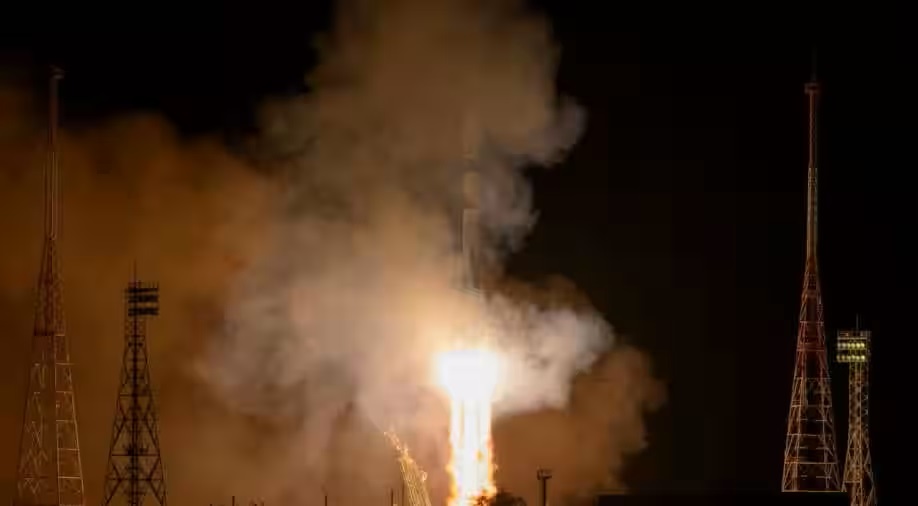Following the failure of Russia’s first lunar mission in nearly 50 years last month, the liftoff occurred.
On Friday, September 15, a Russian rocket carried two cosmonauts and an American astronaut toward the International Space Station. This was the first time Moscow had sent personnel to an orbiting outpost in almost a year.
Additionally, the launch took place as American and Russian tensions over the conflict in Ukraine were at an all-time high.
At 11:44 a.m. ET, the Soyuz MS-24 spacecraft launched from the Baikonur cosmodrome in Kazakhstan, carrying NASA astronaut Loral O’Hara, Roscosmos cosmonauts Oleg Kononenko, and Nikolai Chub.
Three hours later, according to accounts, the crew was supposed to dock at the ISS.
During a pre-flight press conference on Thursday (September 14), Kononenko alluded to the tensions between Washington and Moscow and remarked that, “unlike on earth,” cosmonauts and astronauts looked out for each other in space.
There, he continued, “we hear each other, we understand each other, and we are very sensitive to our relationships.” “We always look out for one another.”
O’Hara praised the station’s “legacy” and claimed that it had been fusing the nations.
She continued, “I can’t wait to board the ship and meet the crew members who are waiting for us.
O’Hara, 40, will spend six months on the ISS, while Kononenko, 59, and Chub, 39, will each spend a year there. O’Hara and Chub both went on their first space trip at the same time.
Chub claimed that going to space had been a “childhood dream” of his and that he had devoted “all his life” to realizing it.
Luna-25 from Russia collides with the moon
Following the failure of Russia’s first lunar mission in nearly 50 years last month, the liftoff occurred.
The Luna-25 Russian spacecraft struck the Moon after spinning out of control. According to Roscosmos, a “abnormal situation” occurred earlier on during a maneuver.
Initial studies revealed that the lander “has ceased to exist following a collision with the Moon’s surface”. The agency’s scientists subsequently launched an investigation to ascertain what caused the catastrophe.
In a Telegram update, Roscosmos stated that “during the operation, an emergency situation occurred on board the automatic station, preventing the manoeuvre from being performed with the specified parameters.”



